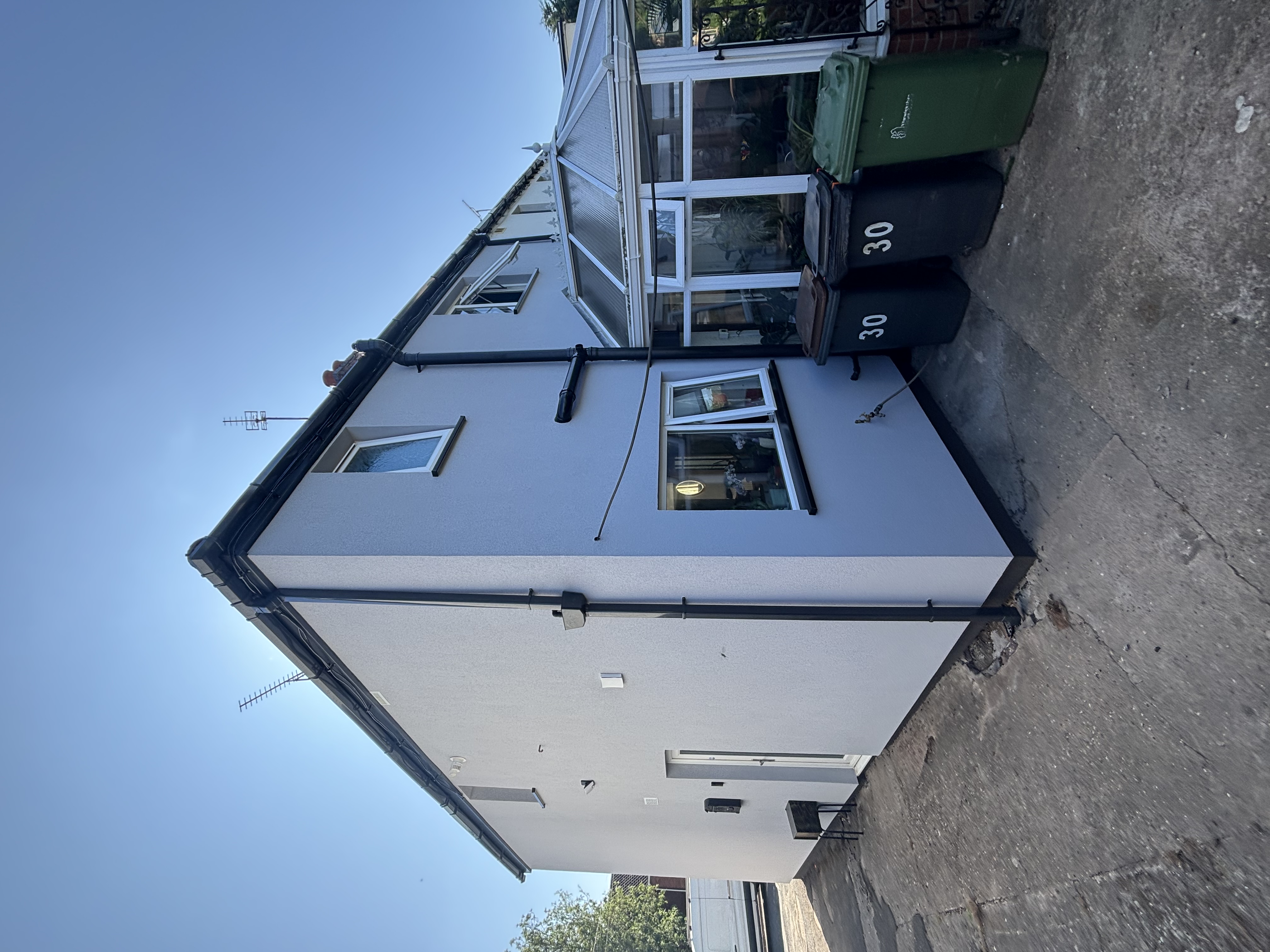
Insulation plays a crucial role in any home. Not only does it stop heat from escaping during the winter by restricting air flow, but it also lowers the cost of heating and cooling throughout the year. As ecological awareness in society increases, so does the demand for eco-friendly solutions in all areas of life. Insulation companies try their best to fit into the needs of their customers by providing them with energy-efficient and sustainable housing solutions. In this endeavour, eco-friendly methods are the key.
In this article, you’ll learn about the advantages of sustainable insulation. You will also find an overview of eco-friendly insulation materials used at PD Rendering and their properties.
Many sustainable insulation materials excel in retaining heat. They provide a defence against excessive warmth, ensuring enhanced thermal comfort. The heat they capture is slowly released back into the home.
Eco-friendly insulation materials can effectively handle dampness and maintain their performance. This allows for a vapour-permeable construction. Nevertheless, depending on the home's air-tightness, an appropriate moisture-controlling vapour barrier might be required in certain situations.

Expanded polystyrene insulation (EPS) is crafted with 98% air and is manufactured without utilizing harmful chemicals, making it fully recyclable.
Polystyrene comes into being when styrene merges with pentane, resulting in a solid cellular plastic imbued with an expanding agent. There have been instances where styrene was categorized as a carcinogen, but comprehensive studies have shown that only in extraordinarily high exposures does it pose health risks. Pentane, on the other hand, is recognized as safe and non-hazardous.
Polyurethane (PU) is a robust, malleable, and long-lasting synthetic material. The array of polyurethanes available can vary widely in appearance and texture.
Mineral wool is produced from recycled smelting slag, meaning its eco-credentials stem from its recycled nature rather than the original material. The process involves transforming molten slag rock into fibres, which are then intertwined to create an insulation akin to wool.
Owing to the processing of the slag rock, mineral wool inherently resists fire and doesn't require additional treatments against mould. It's also a superb insulating material.

Our company can boast of the Green Deal certificate! This means we're recognised for our commitment to energy efficiency and sustainable practices.
What does this mean for you?
For more than 15 years, PD Rendering has been on the cutting edge of eco-friendly insulation installation in Coventry. We’re a locally owned and operated insulation installation company, and whether you are building a new home or renovating your existing space, we are the team to call.
So why wait? If you're keen on making your home greener while enhancing its comfort and value, then get in touch with us today for a free, no-obligation quote.

